Below are three threading models that i came across. Based on these below 3 architectures, It is new for me to understand that, there also exist something called kernel thread, apart from user thread which is introduced as part of POSIX.1C
This is 1-1 model
This is N-1 model.
This is Hybrid model.
I have been through many questions on SO for kernel threads. This looks more relevant link for clarification.
At process level, For every user process that is loaded by Linux loader(say), Kernel does not allocate corresponding kernel process for executing machine instructions that a user process has come up with. User process only request for kernel mode execution, when it require a facility from kernel module[like malloc()/fork()]. Scheduling of user process is done by OS scheduler and assign a CPU core.
For example, User process does not require kernel execution mode to execute an instruction
a=a+2;//a is my local variable in a user level C function
My question:
1) So, What is the purpose of kernel level thread? Why does OS need to maintain a kernel thread(additionally) for corresponding user thread of a User level process? Does User mode programmer have any control on choosing any of the above three threading models for a given User process through programming?
After i understand the answer to first question, one relevant supplementary is,
2) Does kernel thread actually get scheduled by OS scheduler but not user thread?


